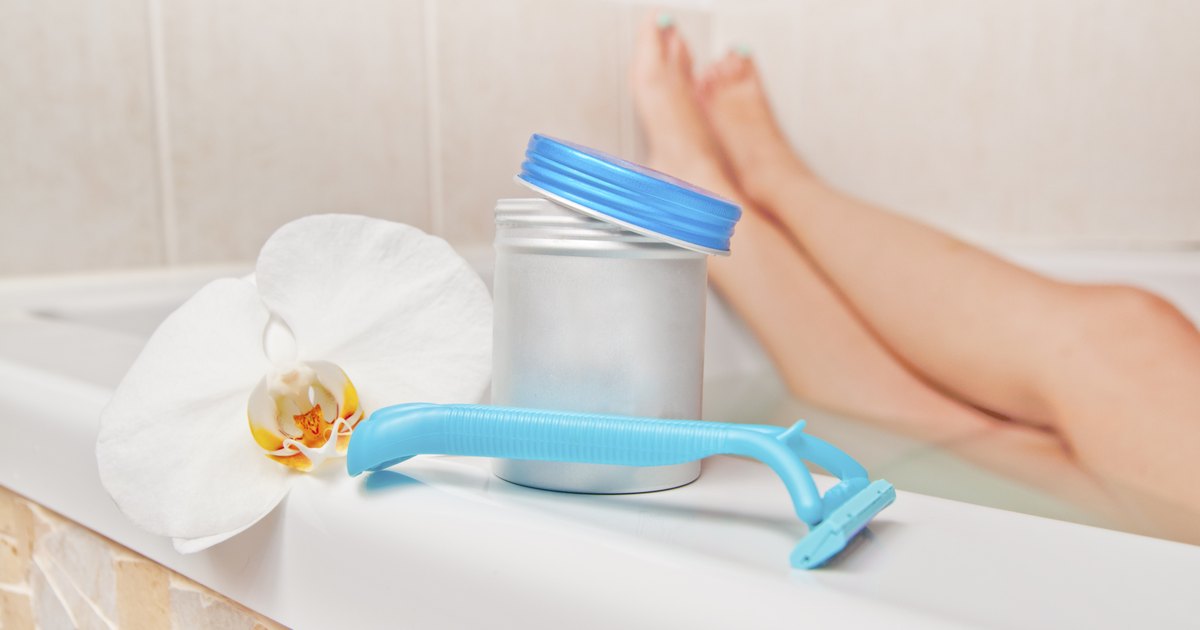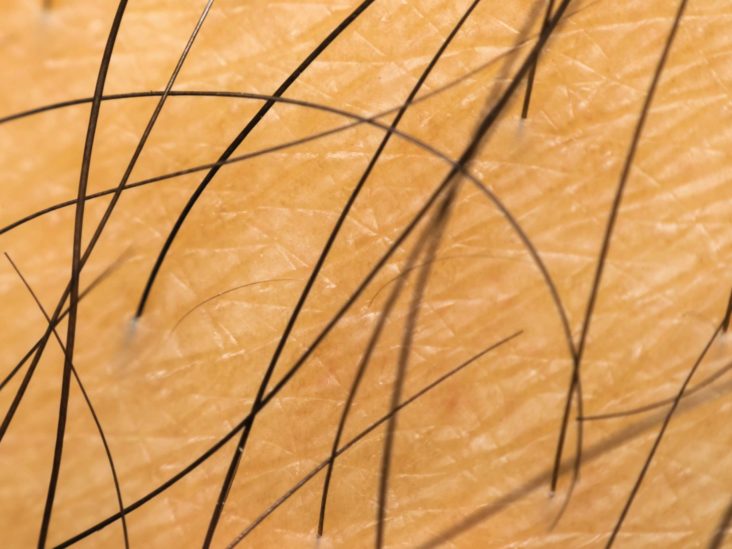Table Of Content

They may appear anywhere hair grows on your body, but they commonly appear in places where you shave, tweeze or wax, especially your face, legs, armpits and pubic area. A good skin care routine helps prevent ingrown hairs from forming, while at-home treatments can help release the hair from underneath your skin and provide relief. Contact your healthcare provider if you notice any signs of infection.
What tests will be done to diagnose a vaginal boil?
Antiviral medications can help control and reduce the severity of herpes outbreaks. These medications, prescribed by a healthcare professional, work by inhibiting the replication of the herpes virus. It’s important to note that while antiviral treatments can help manage outbreaks, there is no cure for herpes [9]. The virus remains in the body and can cause recurrent outbreaks, but antiviral medications can reduce the frequency and severity of these episodes. When dealing with ingrown hairs, it’s essential to consider recent activities related to hair removal. These activities, such as shaving, waxing, or tweezing, can often lead to the development of ingrown hairs.
everything you need to know about red bumps on your legs
If bacteria or other pathogens enter the skin, an infection can develop, leading to a painful bump. These usually resolve with good hygiene after a few days. If they persist, recur, or are severe, consider speaking with a doctor. They happen when the skin blocks the emergence of a hair from the follicle, or when a hair grows back into the skin. Squeezing an ingrown hair will increase the risk of infection. If an infection is present, squeezing the bump may worsen it.

How do you identify an ingrown hair cyst?
That’s why a cluster of ingrown hairs can also be known as razor bumps. But ingrown hairs don’t only come from using razors—they can result from waxing, plucking, depilatory chemicals, or any other hair removal method. Knowing when to seek medical advice is crucial when dealing with symptoms that could be related to ingrown hairs or genital herpes. If individuals are unsure about the nature of the bumps, discomfort, or sores they are experiencing, it is strongly recommended to consult a healthcare professional [13]. Healthcare providers have the knowledge and expertise to accurately diagnose and differentiate between these conditions. When it comes to diagnosing these conditions, consulting a healthcare professional is of utmost importance.
This will make the accompanying symptoms disappear, too. You can try using some topical treatments—either over-the-counter or prescription from your provider—to help with healing. Natural antimicrobials like tea tree oil can also be helpful. Some health experts recommend retinoids, which are derived from vitamin A, as a cure for many skin problems.
17 Best-Rated Ingrown Hair Serums In 2024 - ELLE
17 Best-Rated Ingrown Hair Serums In 2024.
Posted: Fri, 14 Apr 2023 07:00:00 GMT [source]
The chances of an infection increase if you scratch or pick at the sensitive area. When an ingrown hair develops, you may notice a painful pink bump. You may also experience pain or itching around the area.

When you exfoliate your skin, you’re removing dirt and other dead skin cells that can clog pores on the skin’s surface. With this irritation comes the likelihood of ingrown pubic hair. Ingrown hairs can also develop from excessive amounts of friction. Remember that ingrown hairs are simply hairs growing in the wrong direction, and resistance against a hair can cause the shaft to bend. Just like the hair on the rest of your body, ingrown hairs can develop in your pubic area. Sometimes, an ingrown hair will start to grow sideways, moving parallel to the skin’s surface and becoming stuck within the epidermis.
Both types of sores can be painful, but ingrown hairs usually resolve within a few days or, at most, less than a week. You can prevent ingrown hairs by using gentler hair removal methods and resisting the urge to scratch or pick at them. Exfoliating scrubs can also help release trapped hairs and smooth skin. Treatment for an infected ingrown hair depends on the type and severity of the infection. Your healthcare provider, often a dermatologist, will offer treatment options like hair extraction, ointments, and oral medications as needed. That’s why some ingrown hairs develop white pus-filled bumps on the surface.
Infected ingrown hair treatment
This phenomenon is especially common among women who wear certain undergarments. Your underwear is designed to protect your pubic area from the friction of your clothing (and look cute, of course). You may also experience fever and a general sick feeling during the primary infection phase. HSV-1, known as oral herpes, can cause cold sores or fever blisters.
Other times, a hair shaft already past the epidermis will fold in on itself and start to grow back in the direction of the skin. While all ingrown hairs grow in the wrong direction, which direction that is can vary. An ingrown hair will likely disappear on its own within several days or a week. Gently wash the area during your showers to help remove dead skin cells, and the hair may be able to push through the skin. It can develop into a swollen, painful spot with a white or yellow pus-filled tip.
This sharp edge makes it easier for the hair to pierce the skin and grow back into it. In most instances, ingrown pubic hair resolves on its own. However, if the ingrown hair becomes infected, you may have to see a health care provider. You may be able to reduce ingrown pubic hairs with over-the-counter (OTC) exfoliants and moisturizers and home remedies. Certain practices, like hygienic shaving habits, may prevent them.











![lyrics mamaw's house [feat. morgan wallen] thomas rhett](https://i.ytimg.com/vi/6ho6s4hamgs/maxresdefault.jpg)
![lyrics mamaw's house [feat. morgan wallen] thomas rhett](https://bestseoidea.com/wp-content/uploads/2023/09/Coco-Jones-takes-RB-Victory-Lap-18.png)